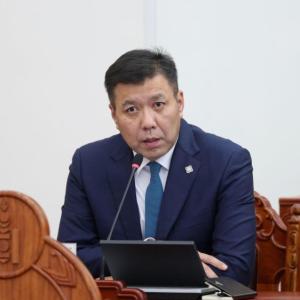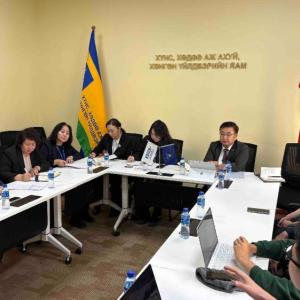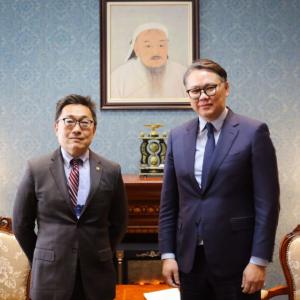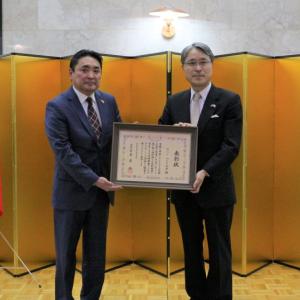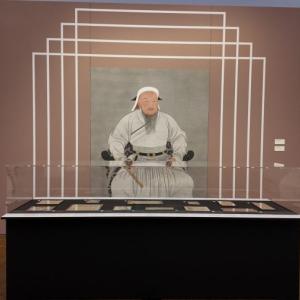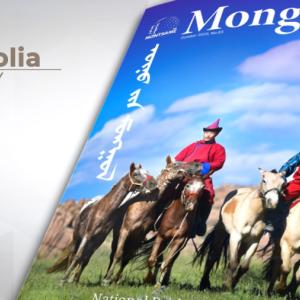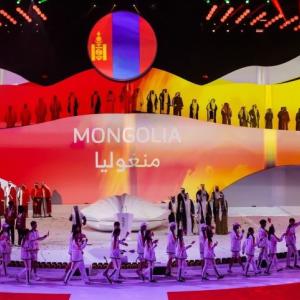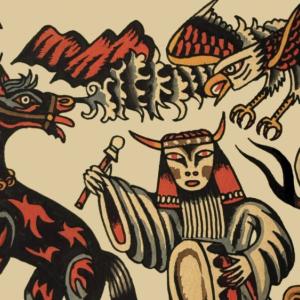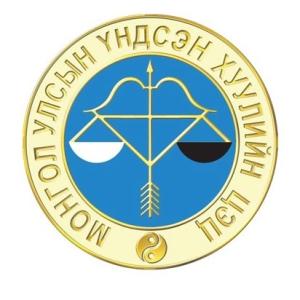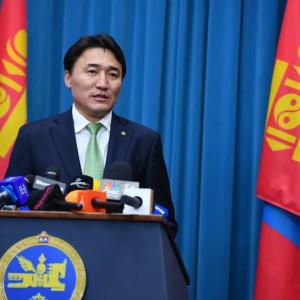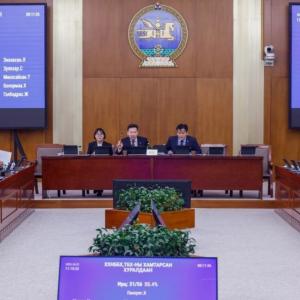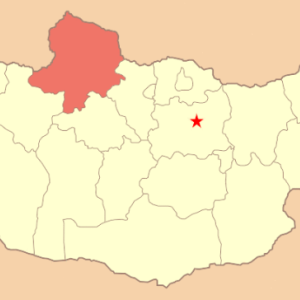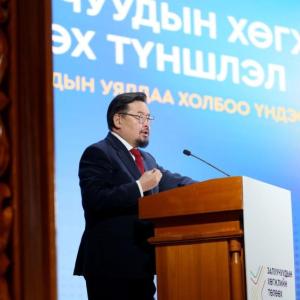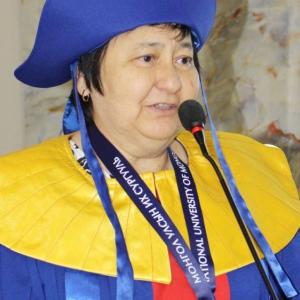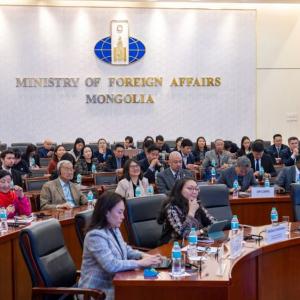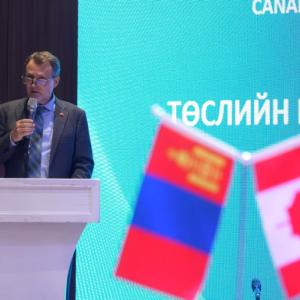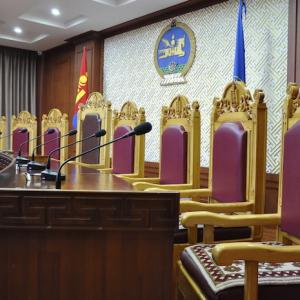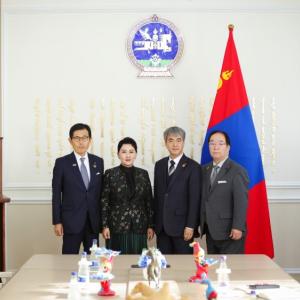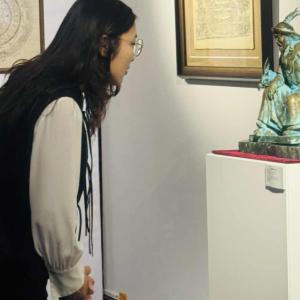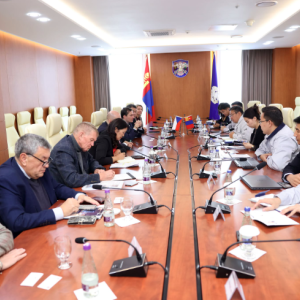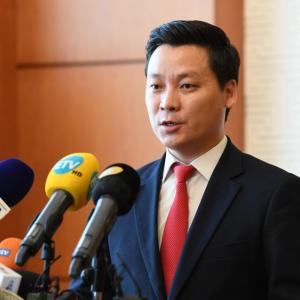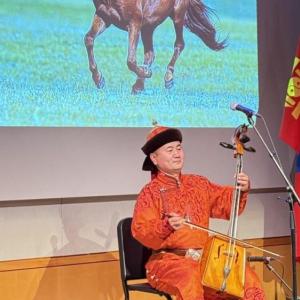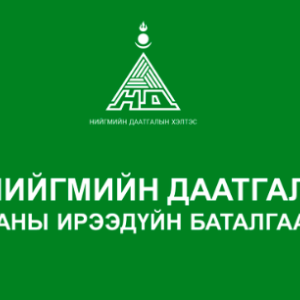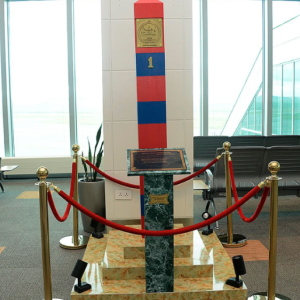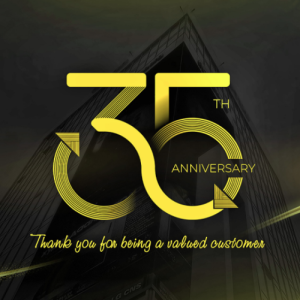Bat-Ireedui Jantsan: Natsagdorj Dashdorj, a Great Mongolian Writer, was the First Mongolian to Work at the Mongol Studies Center in Germany
To the 50th Anniversary of Establishment of diplomatic relations between Mongolia and Germany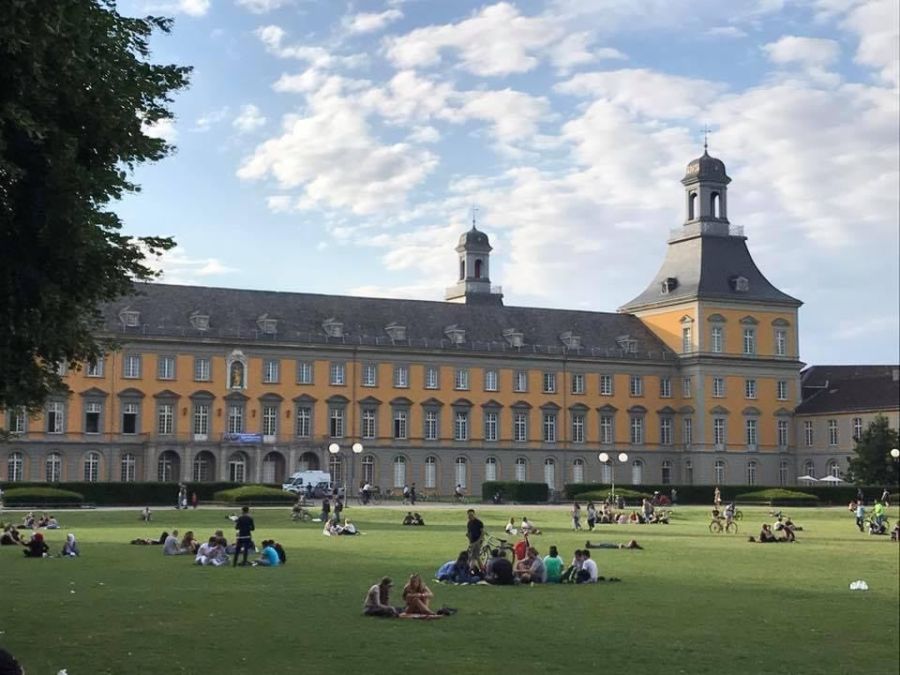
Ulaanbaatar,
February 1, 2024 /MONTSAME/. A German-Mongolian dictionary written by Natsagdorj Dashdorj,
one of the founding fathers of modern Mongolian literature, was found in the
Library of the University of Bonn in Germany. MONTSAME Mongolian National News
Agency interviewed Bat-Ireedui Jantsan, the Director of the Institute of
Language and Literature at the Mongolian Academy of Sciences, who discovered
this dictionary and aims at putting it into academic circulation.
- Invaluable artifacts of Mongolian history and language are being
discovered in foreign countries. You mentioned earlier that you found the map
of Altanbulag and Kyakhta made in 1929, which is now being stored in Germany. This
time, I would like to clarify the German-Mongolian dictionary, a silent
testament to the rich history of Mongolia-German cultural relations. How did
you come
across this dictionary compiled by great Mongolian writer
Natsagdorj in his 20s when studying in Germany?
- I worked as a Visiting Professor at the Department of Mongolian
and Tibetan Studies at the University of Bonn in Germany from 2015 to 2017. A
well-known scholar Walther Heissig, who founded the Department of Oriental
Studies and the Mongolian Studies Center in West Germany had a vision to
establish an extensive library of works on Mongol studies not only from Western
countries but from all around the world. Through dedicated efforts, he achieved
his goal and established the only library in Western countries on Mongol
studies.
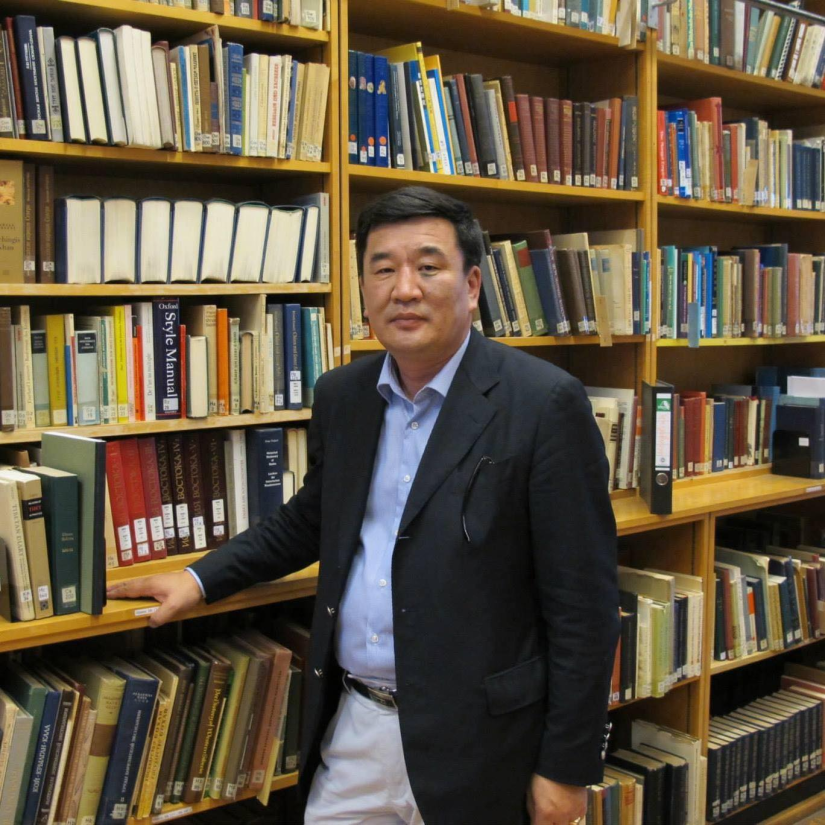
The department where I worked was officed in the most
beautiful building of the University of Bonn. The building was about to undergo
a major renovation. As we were packing all the books in preparation for the
move, Carl, the librarian, took a moment to share with me two volumes of
manuscripts — the German-Mongolian dictionary. The manuscripts were not mere copies;
they were the original works created by D. Natsagdorj during his time in
Leipzig, Germany, between 1926 and 1927. One remarkable aspect is that the
dictionary bears the handwriting of Natsagdorj himself. On its pages, he clearly
noted that he compiled this dictionary under the guidance of the famous
Mongolist Erich
Haenisch.
- Great writer Natsagdorj went to Germany in the fall of 1926
and returned in 1929. Why was the dictionary kept secret for so many years?
- First and foremost, it is imperative to prove that the
dictionary is authored by the legendary Natsagdorj. The handwriting of the
dictionary can be compared with other handwritten pieces by him. Scholars specialized
in Natsagdorj's works attest to the authenticity of the handwriting. To date, I
have not found anything that mentions that the dictionary is being kept in the
library of the Department of Mongolian and Tibetan Studies at the University of
Bonn.
Also, D. Natsagdorj wrote down very clearly on the first page of
the dictionary that he based the dictionary on headwords of the
Mongolian-Russian-German dictionary published by Isaac Jacob Schmidt in St.
Petersburg in the 1800s. Furthermore, Natsagdorj adopted the alphabet font that
was used in Germany between 1911 and 1941 for
his German-Mongolian dictionary.
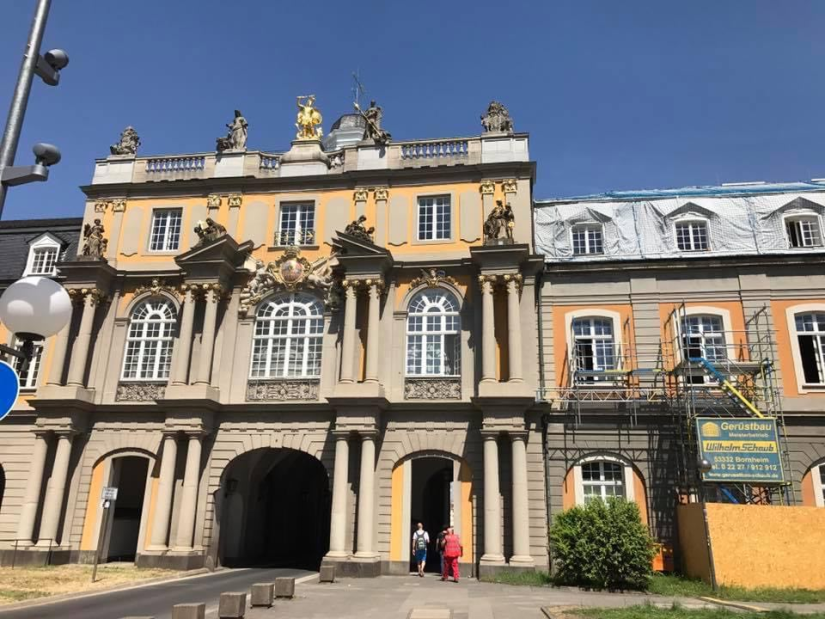
- Is there any information on how this dictionary ended up in the
Library of the University of Bonn?
- Of course, it is intriguing. Leipzig, a city in present-day
Germany, was situated within the German Democratic Republic (East Germany) before
the unification of Germany. The founder of the Library of Bonn University, renowned
Mongolist Walther Heissig, had a close academic relationship with Erich
Haenisch, the teacher of D. Natsagdorj. So, it is plausible that Mr. Erich
Haenisch may have given the dictionary to Mr. W. Heissig and subsequently kept
it in the library.
In fact, D. Natsagdorj did not have adequate graduation
certificates to study at a higher education institution in Germany. He even
attended a night school. Natsagdorj met with E. Haenisch (1880-1966) through
Serge Wolff, who served as a translator for Mongolians in Germany, and then,
Mr. E. Haenisch started teaching
Natsagdorj. It could be a novel
"discovery" in the study of Natsagdorj Dashdorj and German-Mongolian
lexicography.
Much work should be done to find out how the original manuscript
of the dictionary reached the library and bring the dictionary into wider
academic circulation.
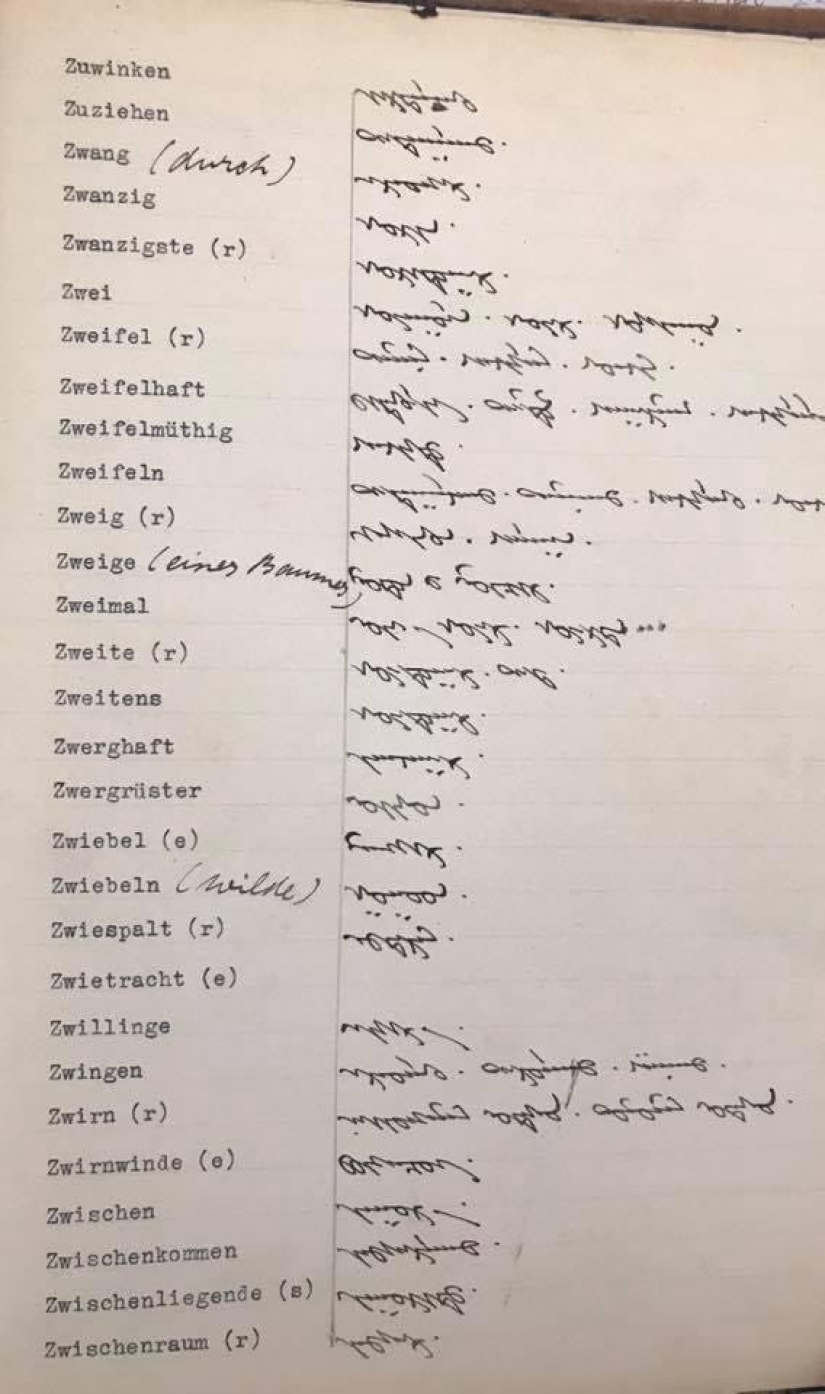
- Could you please, explain the dictionary in
more detail – how many words it contains and what kind of dictionary it is?
- The dictionary has two volumes, 150 pages each, totaling 302 pages. There is an inscription on the cover of the first volume “E. Haenisch, Leipzig University, Eastern Studies Department, A to K letters”. The translation of the script on the first page of the first volume reads: “ D. Natsagdorj wrote these volumes under the guidance of Professor Haenisch, Leipzig University, Eastern Studies Department, the year of 1927; German words and terms of 8900 words and phrases are based on Schmid’s German-Mongolian dictionary.” It is clear that under the guidance of Professor E. Haenisch, D. Natsagdorj compiled it, based on German vocabulary and headwords in the Schmidt Dictionary, translated the words into Mongolian, and wrote in the Mongol Script.
- There are numerous German-Mongolian
dictionaries. How would you define the value of this dictionary compiled by the
great writer? What are the features of it?
- Yes, there are many German-Mongolian
dictionaries in German and Cyrillic. This dictionary is in the Mongol Script,
first. It is handwritten by Natsagdorj himself in the Mongol Script. Some
German words are translated as one word into Mongolian, while some have synonyms.
Second, it can be considered as the first German-Mongolian dictionary. Eric
Haenisch left corrections in some parts written with a pencil.
Therefore, it can be regarded as a major discovery
in Natsagdorj Study and German-Mongolian lexicography. As the evidence docs showing
that Natsagdorj first visited Berlin and lived in Leipzig disappeared, there is
a rumor about him not attending the school. However, this particular dictionary
verifies that he did stay there.
By comparing some words in this dictionary with
contemporary German–Mongolian dictionary words, one can find out that they
almost fully match, and even some words are given more proper synonyms with
optimal Mongolian words.
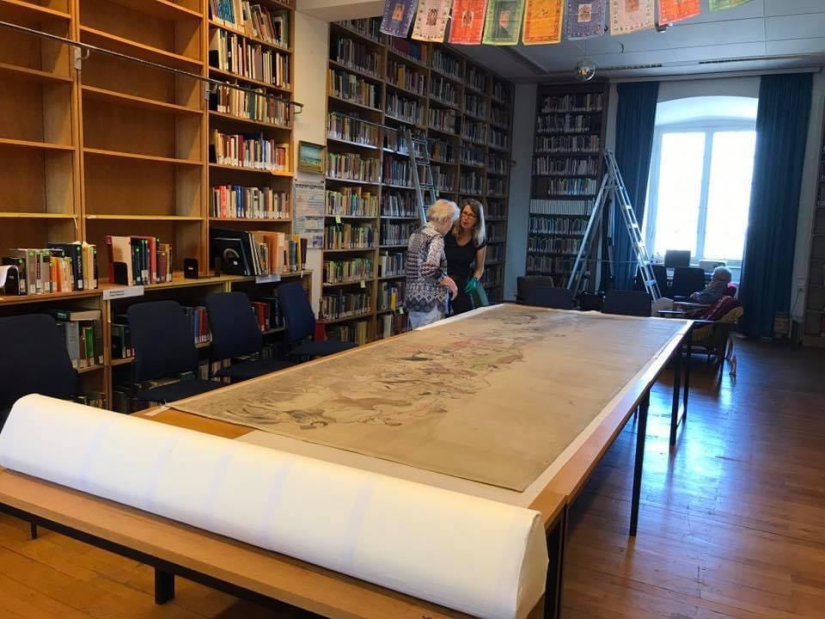 - The young people were sent to Germany
and France in 1926 with great trust and responsibility. How did the great
writer get to be involved in the work of compiling a dictionary?
- The young people were sent to Germany
and France in 1926 with great trust and responsibility. How did the great
writer get to be involved in the work of compiling a dictionary?
- What I have found out is D. Natsagdorj learned the German language quite fluently. Therefore, he might have attracted the attention of E. Haenisch and was assigned by him to compile the dictionary. Indeed, under the leadership of Eric Haenisch, the Mongol study developed intensively in Germany.
Some scholars say that the time Haenisch’s research work gained success matches the years he was engaged in professor-student relations with D Natsagdorj. So, it can be said D. Natsagdorj had a good influence on him.
Moreover, Natsagdorj is regarded as the first Mongolian who worked at the Mongolian Studies Center in Germany. Furthermore, this dictionary shall be studied specifically from Mongol-German lexicology aspects. We are seeking the possibility of publishing this dictionary as a study material and making it digital. I intend to talk to Ines Stolpe, Rector of the Bonn University about this matter.
 Ulaanbaatar
Ulaanbaatar





